Kitchen Tools You're Probably Using Incorrectly
Kitchen Appliances You’re Probably Using Incorrectly - Page 5
Share the post
Share this link via
Or copy link

Source: andresr / Getty
Who really has the time to learn what all the buttons and switches mean on your kitchen devices? Many of us just grew up learning how to use the few basic functions that our parents used on the oven or the microwave. And we get in the habit of throwing away the manual for most appliances we bring home. All of that tiny print and pages and pages of information – it’s overwhelming. You know what you’re doing in there, right? You want to make a frozen pizza, you just follow the instructions on the box. You want to make a smoothie, you toss your ingredients in the blender and just mess around with the different buttons until you’re happy with the consistency (or you’re unhappy, but it’s too late now).
There is value in familiarizing yourself with the various functions of your appliances, though. Like with many things, you put in a little bit of time on the front end learning about something and it saves you a lot of time, forever, on other tasks. Many of your appliances are designed to streamline some processes that you otherwise might take the long road to do. And some are capable of tricks you’ll find very useful. Here are kitchen appliances you’re likely using incorrectly.
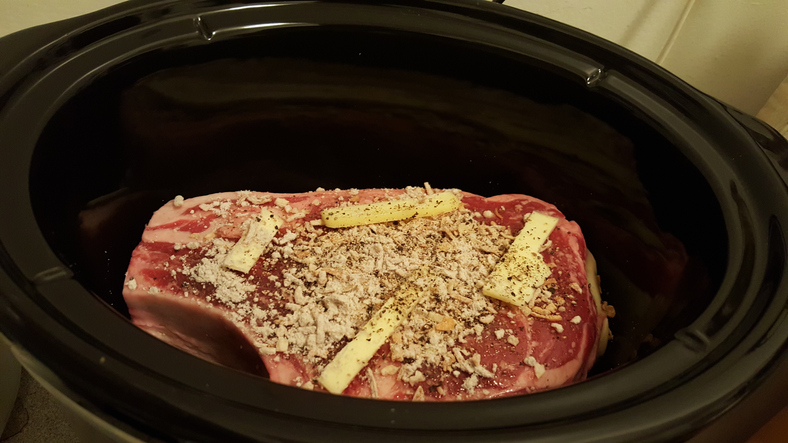
Source: Asif A. Ali / Getty
Your slow cooker
Your slow cooker can be an excellent tool for making flavorful and rather hands-off recipes in large batches. But there are two key phrases right there: hands-off and large batches. If you use the designated settings in your recipe, your slow cooker will do the rest. Don’t check on it regularly throughout the process, as lifting the lid can release heat and interfere with the cooking process. It’s also important that you load your slow cooker at least halfway full. Any less and the contents can dry out or burn.
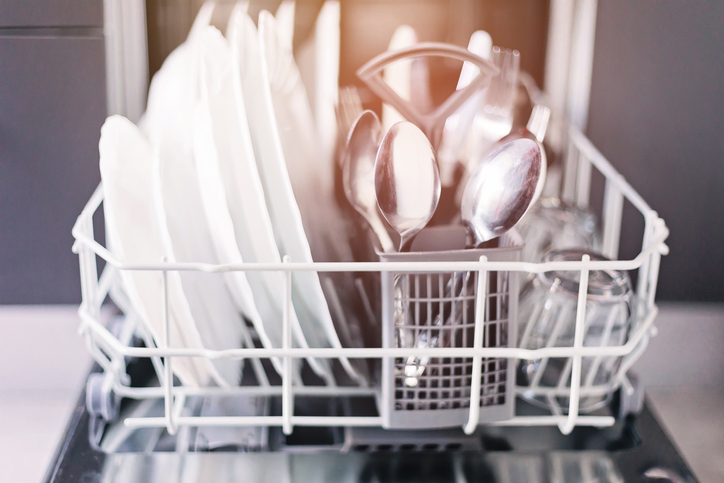
Source: Cris Cantón / Getty
Your dishwasher
The types of messes you’re cleaning should determine where you place your dishes in the dishwasher. Dishes with starchy stains (like those from potatoes) should go in the middle, where the spray is the most powerful. Protein-heavy stains (like those from eggs) should sit at the further edges of the machine, where they’ll have a chance to soak longer.
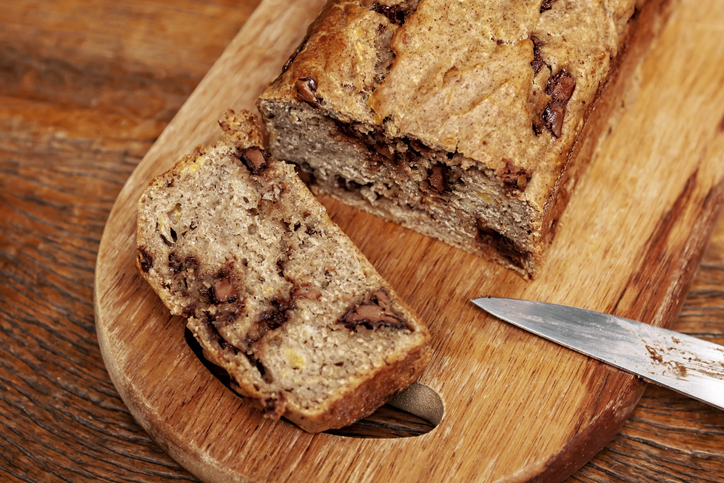
Source: Rebeca Mello / Getty
Your cutting board
Never, ever put your wooden cutting board in the dishwasher. The heat and prolonged water exposure can cause warpage. To wash these, simply soak in the sink with soap and water, and air dry. If you want to remove stains, sprinkle your wooden cutting board with salt, and rub it down with a lemon slice. This should also help remove lingering odors.

Source: Scott D. Haddow / Getty
Your coffee maker
There may be a couple of mistakes you’re making with your coffee maker. First off, you’re not cleaning it enough. Your coffee pot can develop mold, and according to the Food and Drug Administration, food-borne mold can lead to some health complications, like respiratory problems. As for your coffee filters, don’t ignore those perforated edges along the bottom and one side. You’re meant to fold those inward to create a flat surface for the filter and help it fit in the canister.
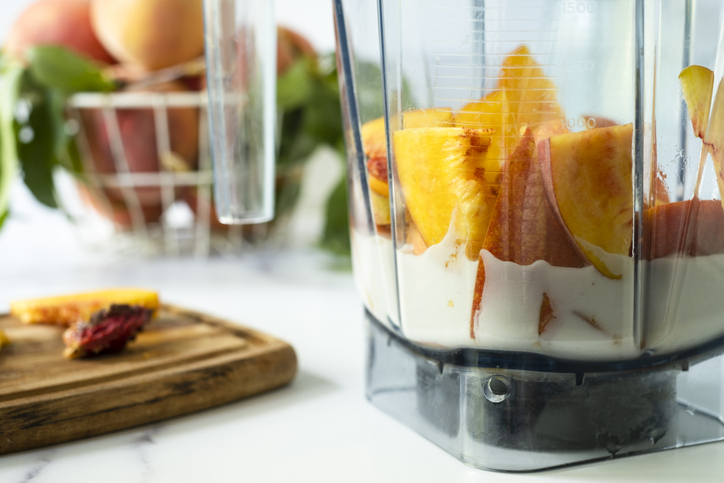
Source: Brycia James / Getty
Your blender
If you’re hearing the abrasive sound of ice struggling through your blender’s blades, and your smoothies come out chunky, you may be loading your blender incorrectly. Put your liquids in first. They coat the blades, making it easier for them to get through other ingredients. Then load other ingredients in order from smallest to largest, with ice on the top.
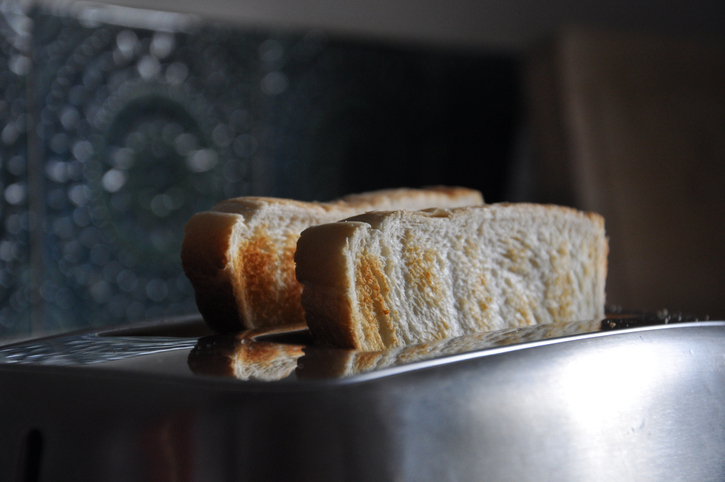
Source: Danielle Baillie / EyeEm / Getty
Toaster
You may be in the habit of putting your bread in the toaster, selecting the same setting, and walking away. So you may be frustrated to find some bread burns on that setting, while other slices come out barely toasted. Light, fluffy bread like white bread needs very low heat to toast. Denser bread like rye bread, or possibly stale bread, needs a higher setting.
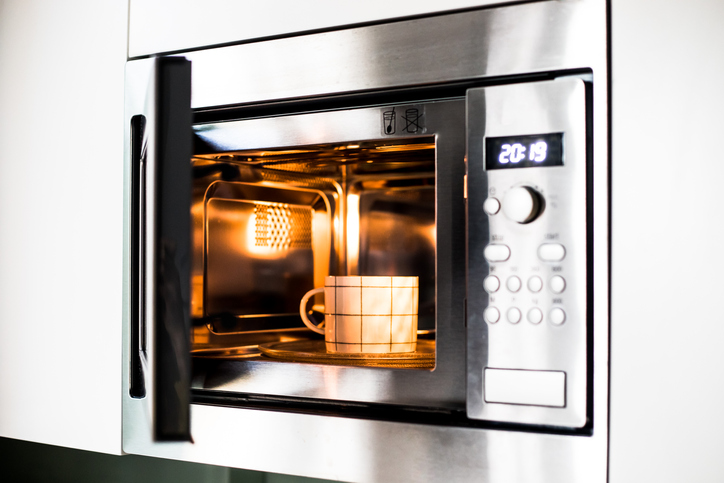
Source: Photographer, Basak Gurbuz Derman / Getty
Microwave
There may be a couple of issues happening with your microwave if you often find food isn’t properly heated or is dried out. First, don’t put salt on the top of food going in the microwave. Heat is drawn to it, and it can dry out your food. Either add salt after microwaving food, or thoroughly mix it into food before microwaving it. Next, if you want evenly-heated food, use a round container instead of a square one. Square containers draw heat to their corners, leaving contents in the center cold.
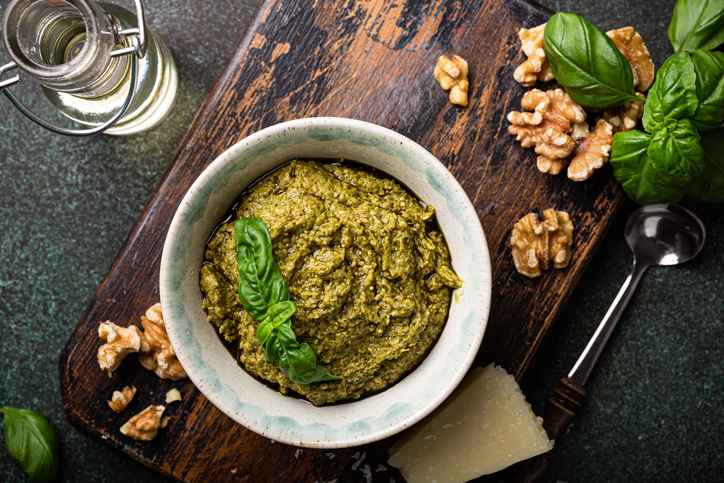
Source: Iryna Melnyk / Getty
Your food processor
The mistake you might be making with a food processor is not using it. You may rely on your blender for making things like garlic paste or pesto with pine nuts. Your blender doesn’t have sharp enough blades for that. Your food processor, however, has sharp blades meant for chunky foods like nuts and garlic. So turn to it for making your own homemade nut butter.
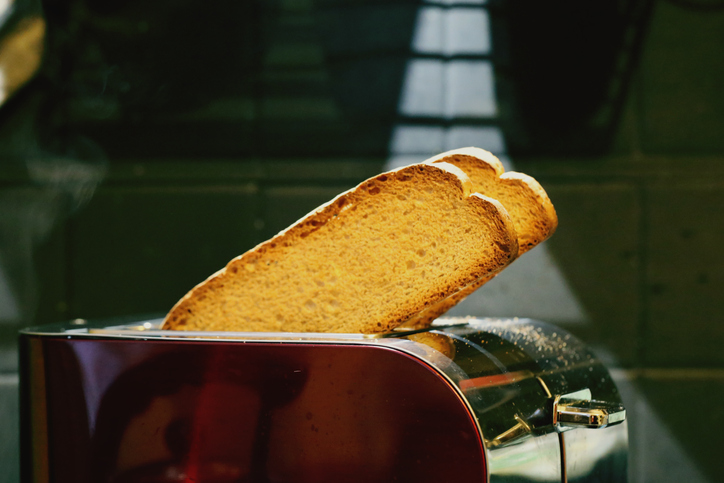
Source: De Domenico Antonino / EyeEm / Getty
All small appliances
Between your toaster oven, coffee maker, and standing mixer, you may have quite a few small appliances running every day. Leaving these plugged in not only runs up a high power bill but also causes a fire hazard. US fire departments respond to nearly 173,000 cooking-related fires a year, making it particularly important to monitor any active cooking processes (never walk away from an active stove) and unplug devices when you’re done using them.
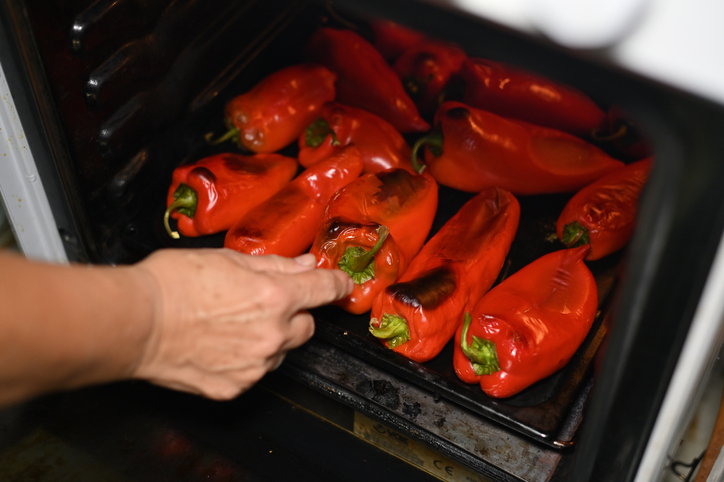
Source: dado / Getty
Oven drawer
That drawer beneath your oven where you store pans may have a greater purpose: keeping food warm until you’re ready to eat it. Check your oven control panel for a button that says “Warming drawer” to see if you have one. You may also find this button on the drawer itself. It can be very handy when your roast is ready but you’re still working on the side dishes and don’t want your entrée to get cold.
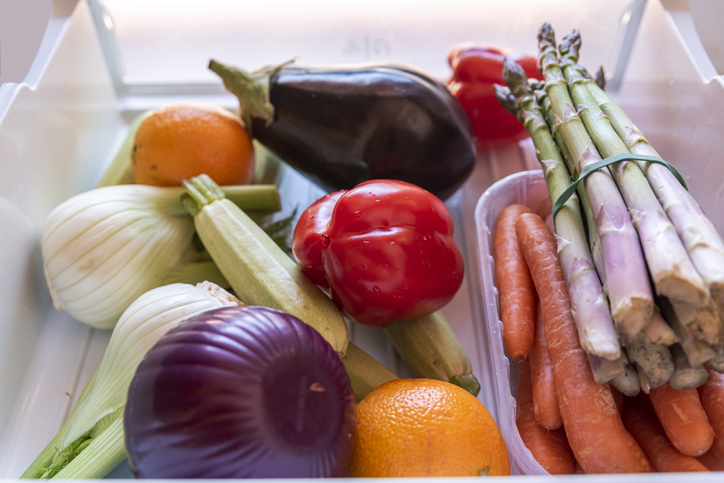
Source: © eleonora galli / Getty
Your refrigerator
We covered refrigerator mistakes more extensively here but a big one that can lead to tons of food in the trash can is misusing your crisper drawer. You can adjust the humidity settings and will want to set it to low for items that rot easily, and high for items that wilt easily. This article from Michigan University breaks down how to best store your produce in your crisper drawer.
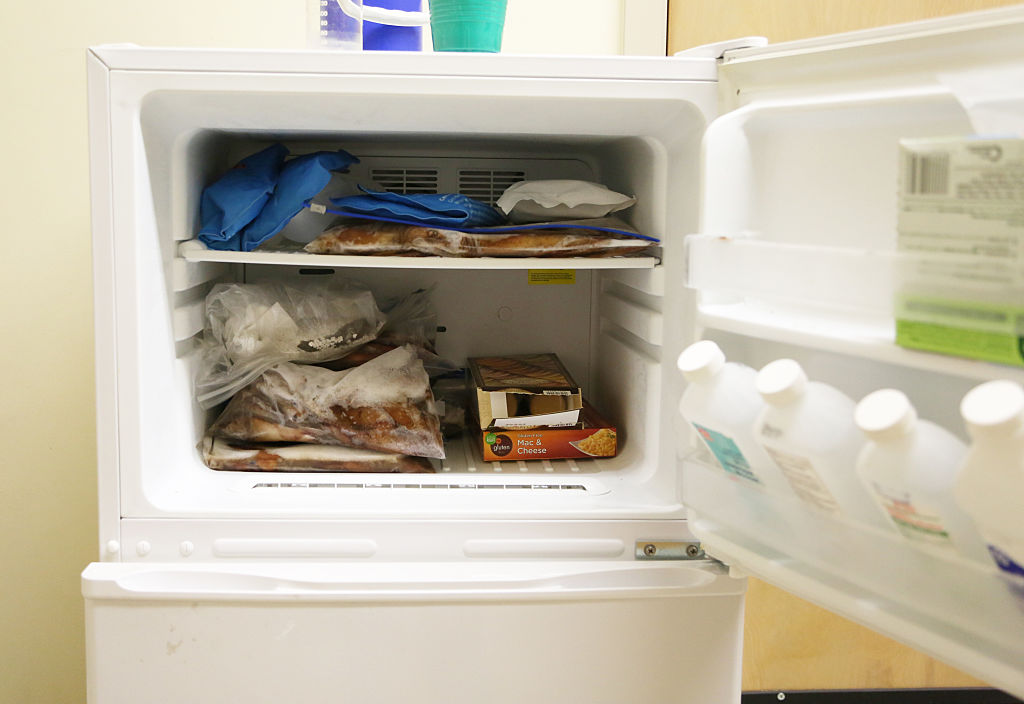
Source: Maureen Sullivan / Getty
Your freezer
There may be some items you don’t want to be rock hard, like ice cream, but that doesn’t mean you should turn the temperature up in your freezer. That can cause other items to spoil. Put items you want semi-soft like ice cream or whipped cream in the door where it’s naturally a bit warmer, and keep your freezer at zero degrees Fahrenheit.

Source: JackValley / Getty
Garbage disposal
Rinsing food into the garbage disposal is a great way to keep rotting food from stinking up your trash can. Just make sure to use cold water when doing so, as hot water can turn your food into a paste-like substance that can clog your garbage disposal. You can hand wash dishes with hot water, once the food is already off of them. Also remember to never put grease or fat down the garbage disposal – dump these into a can, let them harden, and throw them out.
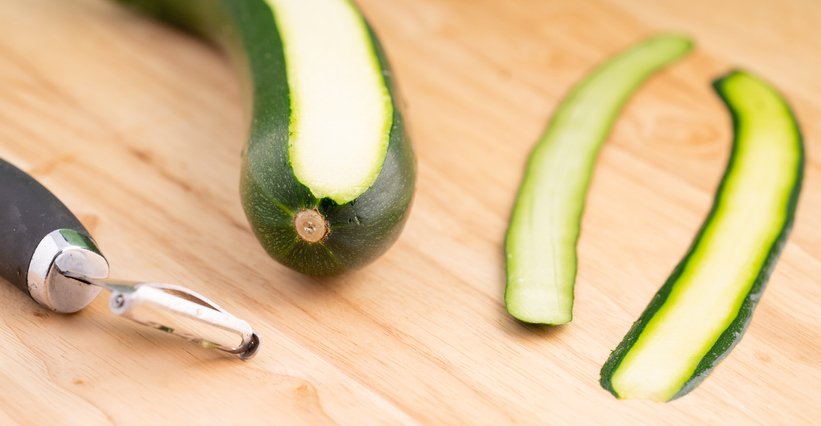
Source: annick vanderschelden photography / Getty
These utensils
You may be using your spaghetti spoons and veggie peelers incorrectly. If you have a large spaghetti spoon, you may typically use the hole in the center to drain water. However, it’s actually perfectly sized to measure one serving of spaghetti (dry). Collect it in a bundle, and when that bundle fills that hole, you have a serving. As for your vegetable peeler, have you noticed the sharp tip of it? You likely don’t use it, but it’s made for removing small imperfections from produce, like potato eyes.
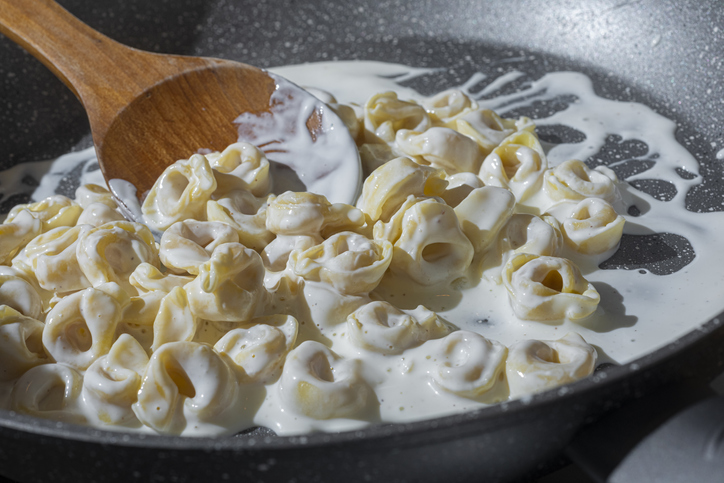
Source: Francesco Carta fotografo / Getty
Saucepan
You may just think that the hole in your sauce pan’s handle is for hanging the item. And while it can and should be used for that, it has another purpose: you can stand your sauce spoon upright in that hole, too. It’s far more hygienic than placing a messy spoon on your countertops and saves you from having to keep a small plate on hand to put your spoon on.
-

She Tried It: Ivy Park Drip 2 and 2.2 Black Pack
-

Vontélle Eyewear Founders Score History-Making Licensing Deal With Paramount
-
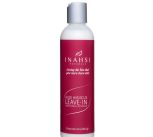
She Tried It: Inahsi Naturals Aloe Hibiscus Leave-In Conditioner & Detangler
-

'Can't Walk While Black' — Pregnant Woman Ticketed For Walking On ‘Wrong Side’ Of The Road — But Her White Husband Wasn’t









